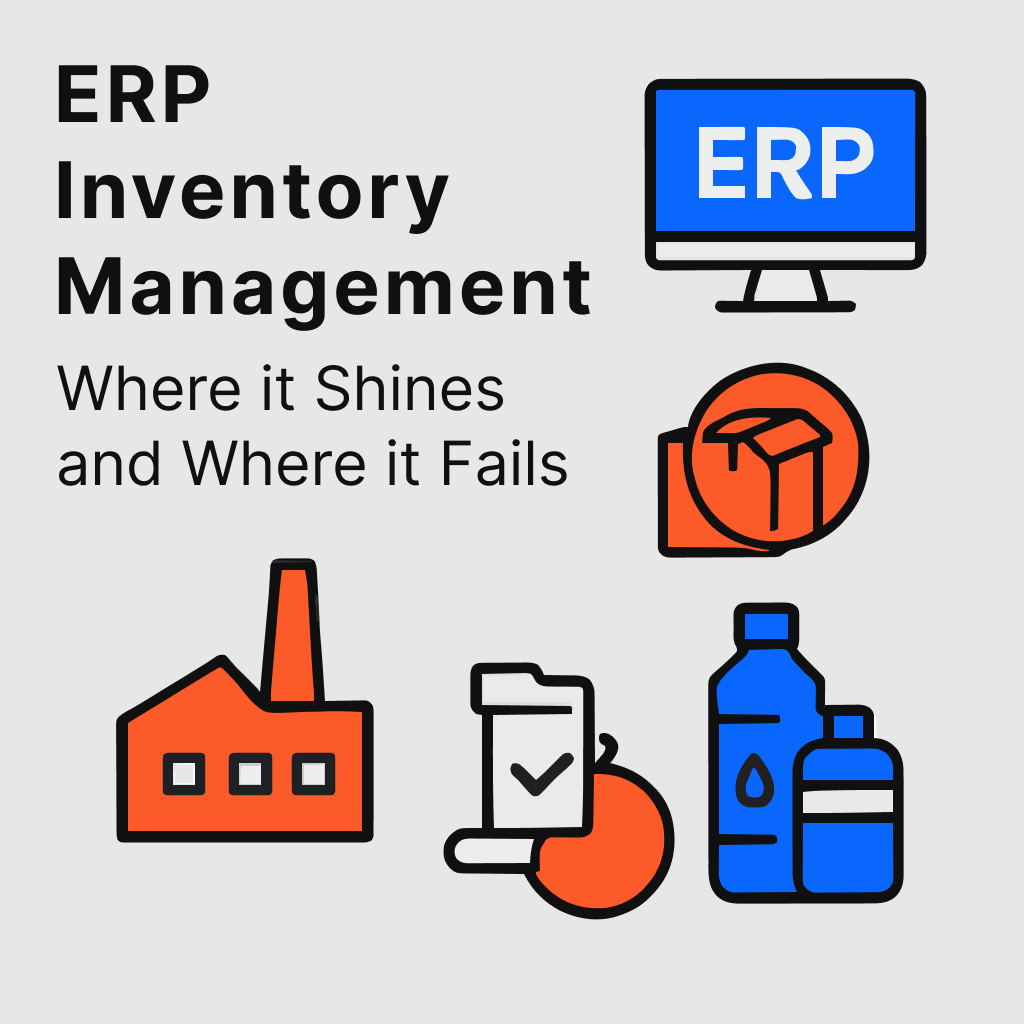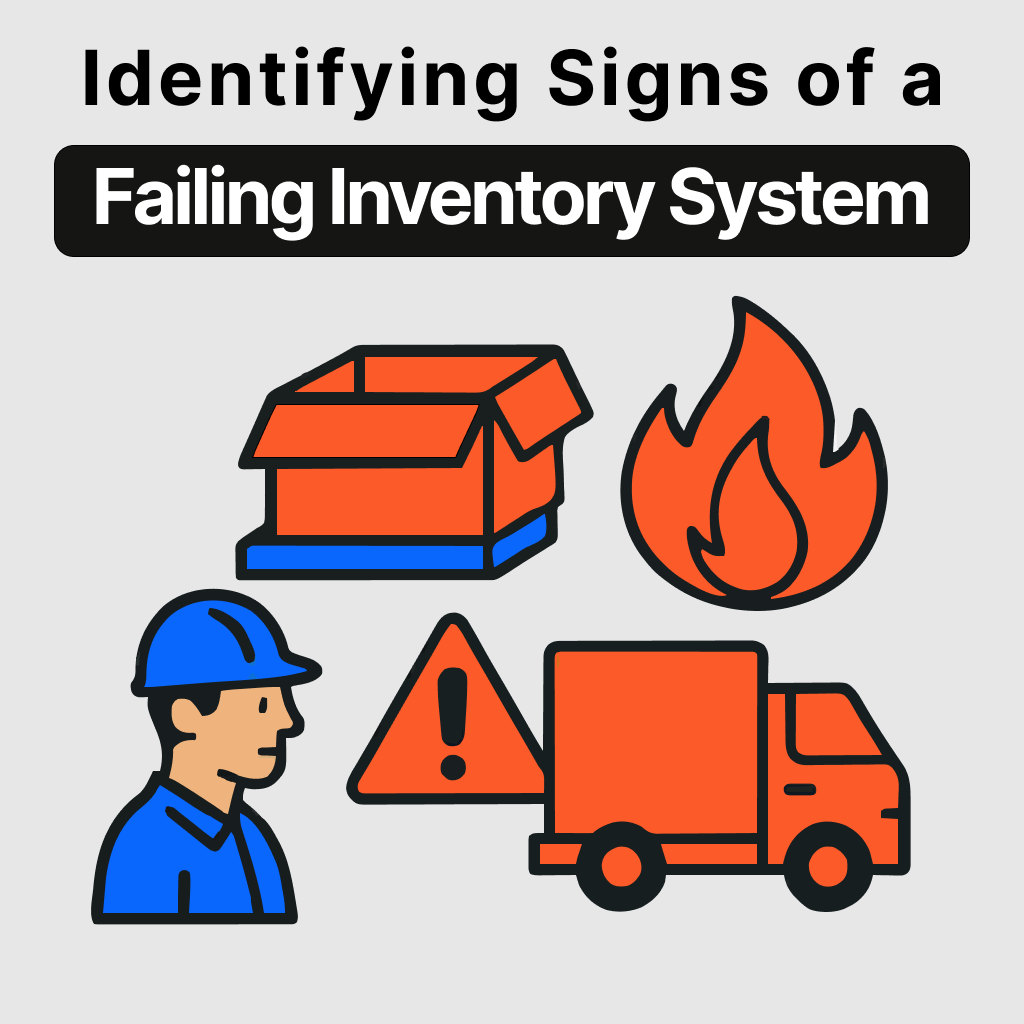Looking to transform your manufacturing operations but unsure where to start? Kanban might be the answer you're seeking. This powerful lean manufacturing tool isn't just a trendy concept – it's backed by impressive real-world results that manufacturers are achieving every day. Whether you're struggling with excessive inventory, long lead times, or quality issues, these statistics reveal how Kanban can help you overcome these challenges.
Let's explore 20 eye-opening Kanban and Lean statistics that every forward-thinking manufacturer needs to know to unlock their full production potential.
1. Slash Production Lead Times by 70-90%
One of the most dramatic benefits of implementing Kanban in manufacturing is its impact on production lead times. Manufacturers who adopt lean manufacturing with Kanban systems typically cut production lead times by 70–90% on average.
This remarkable reduction stems from Kanban's fundamental shift from push-based production to a pull-based production methodology. Rather than producing based on forecasts or schedules, Kanban enables production based on actual consumption and demand. This eliminates the wasteful waiting periods between processes where materials sit idle, waiting for the next step.
The competitive advantage this creates cannot be overstated. When your competitors are taking weeks to fulfill orders while you can deliver in days, you gain a powerful market position. Customers increasingly value speed and responsiveness, making this lead time reduction a critical business advantage.
To begin capturing this benefit, start by mapping your current value stream to identify the biggest waiting times in your process. Implementing a simple Kanban signal between just two key processes can be your first step toward realizing these incredible lead time reductions.
2. Boeing Slashed Cycle Time by 65%
Boeing's implementation of Lean manufacturing principles with Kanban for their Stow Bin Arch production demonstrates the dramatic impact on cycle time reduction. By redesigning their manufacturing process with Lean principles from the ground up, Boeing slashed production cycle time from 31 days to just 11 days, a remarkable 65% reduction.
The business impact of this cycle time reduction extended far beyond just faster production. The overall cost per ship set plummeted from $350,000 to $155,000, a 55% reduction that directly improved Boeing's bottom line. With the shorter 11-day cycle, Boeing gained significantly greater flexibility to respond to changes in the master production schedule or customer demand, while simultaneously reducing work-in-process inventory. The simplified design and visual Kanban controls also led to fewer errors, reducing costly and time-consuming rework that typically extends cycle times.
Manufacturers looking to achieve similar results should consider Boeing's approach of designing Lean processes from the ground up rather than simply tweaking existing workflows. Begin by analyzing your product design for opportunities to reduce complexity and component count. Then implement a cellular manufacturing layout with Kanban signals to control workflow between processes. This comprehensive approach to Lean implementation, as Boeing demonstrated, can deliver dramatic cycle time reductions that cascade into substantial cost savings and improved operational flexibility.
3. Halve Your Manufacturing Lead Time: A 50% Reduction Case Study
Even if you're not ready for a full-scale Kanban implementation, targeted applications can yield significant results. Sunshine Makers (now called Simple Green), a California nutraceutical plant introduced Kanban cards between process steps and halved its manufacturing lead time (50% reduction). This Kanban pull system also drove a 20% increase in productivity by eliminating delays between stages.
The simplicity of this implementation is worth noting. Sunshine Makers didn't undertake a complex digital transformation – they used physical Kanban cards to create visual signals between production stages. These cards became the authorization to produce, ensuring that upstream processes only created components when downstream processes needed them.
The productivity boost occurred naturally as workers spent less time waiting for materials or dealing with excess inventory. Instead, they focused on value-adding activities, with clear signals telling them exactly what to work on next.
Identify one critical bottleneck in your production line and implement a simple, physical two-bin Kanban system there to see a direct impact. This focused approach builds confidence for wider adoption while delivering immediate results in your most problematic area.
4. General Motors Slash Inventory Costs by 75%
When it comes to inventory-related cost reduction, few examples are as compelling as General Motors. Since implementing Kanban in the 1980s, GM has slashed its annual inventory-related costs from $8 billion to $2 billion, a remarkable 75% reduction that freed up $6 billion annually.
This dramatic cost reduction stems from Kanban's fundamental principle of minimizing excess inventory throughout the supply chain. By implementing a pull-based system that triggers production and material movement only when needed by downstream processes, GM eliminated the massive carrying costs associated with warehousing excess parts and finished vehicles. The visual signals provided by Kanban cards created transparency across operations, preventing overproduction and ensuring materials flowed efficiently through their manufacturing facilities.
The financial impact of this inventory reduction cannot be overstated. The $6 billion in annual savings represents capital that GM could redirect toward research and development, facility improvements, or shareholder returns. In an industry with typically thin profit margins, this inventory cost reduction significantly strengthened GM's competitive position and financial resilience during market fluctuations.
For manufacturers looking to achieve similar results, GM's four-decade commitment to Kanban principles demonstrates that the methodology delivers sustainable long-term benefits, not just short-term gains. Begin by analyzing your highest-value inventory items and implementing a simple Kanban system for these components. Even a targeted approach can yield substantial cost reductions while building organizational capability for broader implementation.
5. Boeing Accelerated Complex Assembly Process by Cutting Flow Days by Over 50%
Even in highly complex manufacturing environments like aerospace, Kanban delivers powerful results. When Boeing moved from batch production to a one-piece-flow Kanban system for its 747/767 wing line, assembly flow days were reduced from 13 days to 6 days – a 54% faster throughput.
This case is particularly significant because aerospace manufacturing involves extremely complex assemblies with thousands of components and strict quality requirements. Boeing's success proves that Kanban isn't just for simple manufacturing – it can transform even the most sophisticated production environments.
The one-piece flow approach, driven by Kanban signals, dramatically reduced waiting time between operations. Instead of building batches of components that would wait for the next process, each wing assembly moved smoothly through production with minimal delays.
Even in highly complex assemblies, look for opportunities to break down large batches into smaller, manageable units managed by Kanban. This can significantly reduce the time parts spend waiting, as Boeing powerfully demonstrated. Start with a subset of your assembly process to prove the concept before expanding.
6. Alfa-Laval Reduced Throughput Time by 80%
Alfa-Laval's Kanban implementation delivered one of manufacturing's most dramatic transformations: reducing throughput time from 40 weeks to just 8 weeks, an 80% reduction that revolutionized their production system.
This improvement targeted the heart of manufacturing waste: waiting time. Before Kanban, Alfa-Laval's 40-week cycle meant products sat idle in queues for months, representing trapped capital and lost opportunity. Their Kanban pull system eliminated these queues by triggering production only when downstream processes required materials, creating continuous flow where stagnation once dominated.
The business impact transcended speed alone. Alfa-Laval freed working capital 32 weeks earlier, dramatically improving cash flow. Their shortened production pipeline created unprecedented flexibility to respond to market changes and customer requests. Quality improved as the compressed feedback loop caught defects immediately rather than after months of continued production.
For manufacturers battling long lead times, Alfa-Laval offers a clear path: map your value stream to identify waiting points, implement Kanban signals between critical processes, and start with high-volume products for maximum impact. As their case proves, slashing throughput time doesn't just accelerate production, it transforms your competitive position entirely.
7. Transform Delivery Speed: See Lead Times Plummet from 12 Weeks to 2 Weeks with eKanban
For manufacturers considering electronic Kanban systems, the results can be even more impressive. One manufacturer saw lead times reduced from 12 weeks to just 2 weeks after implementing an eKanban system – an approximately 83% reduction. This dramatic improvement directly boosted revenue by enabling faster delivery to customers.
Electronic Kanban systems provide real-time visibility and automated signals throughout your production process. Unlike manual systems, eKanban immediately communicates needs across departments and to suppliers, eliminating delays caused by paperwork or missed visual cues. This digital transformation of your Kanban process creates a more responsive manufacturing environment.
The revenue impact is particularly noteworthy. When you can deliver products six times faster than before, you can capture orders that would otherwise go to competitors, respond quickly to market changes, and improve customer satisfaction through reliable, faster deliveries.
Explore entry-level eKanban software solutions as a starting point. Many offer trials or demos, allowing you to visualize how digitizing your signals could revolutionize your response times and ultimately drive increased sales through improved customer satisfaction.
8. Learn from the Pioneer: Toyota Achieved a 60% Inventory Reduction
There's no better validation of Kanban's effectiveness than examining the results achieved by its originator. Toyota's original Kanban system minimized excess stock by linking production directly to consumption, achieving about a 60% reduction in inventory levels (both in-process and finished goods) compared to its previous methods .
Toyota developed Kanban to eliminate the waste of overproduction and excess inventory. By implementing a visual card system that authorized production only when downstream processes consumed parts, Toyota created a true pull system that prevented inventory buildup. This approach eliminated warehouse backlogs and freed up valuable space that could be used for value-adding activities.
The 60% inventory reduction wasn't just about cutting costs – it represented a fundamental shift in production philosophy. Toyota recognized that excess inventory hides problems and inefficiencies. By reducing inventory, issues like quality defects, machine reliability problems, and process bottlenecks became immediately visible and could be addressed.
Embrace Toyota's core principle: make production demand-driven. Start small by linking one downstream process to its upstream supplier with a Kanban signal. This mirrors Toyota's approach and builds a foundation for larger inventory reductions. Remember that Toyota didn't implement Kanban company-wide overnight – they started with targeted applications and expanded as they proved the concept.
9. Supercharge Your Cash Flow: Nearly Double Inventory Turnover Rates
Inventory turnover – how frequently you completely replace your inventory – is a critical financial metric that Kanban dramatically improves. In one case, introducing e-Kanban nearly doubled the inventory turnover rate from 9.6 turns/year to 17.8 turns/year.
This improvement in turnover has profound financial implications. Higher turnover means inventory is moving through your system faster and being converted to sales more quickly. This accelerates cash flow, reduces the risk of obsolescence, and improves return on invested capital. Essentially, you're getting more output with less inventory investment.
For many manufacturers, inventory represents one of their largest assets. Doubling turnover effectively means you can support the same level of sales with half the inventory investment – or increase sales without increasing inventory proportionally. This creates financial flexibility and improves key performance indicators that executives and investors monitor closely.
Calculate your current inventory turnover rate (annual cost of goods sold divided by average inventory value). Set a goal to improve it by implementing Kanban for your fastest-moving items first. Watching this number climb is a fantastic motivator and a clear sign of improved financial efficiency. Track this metric monthly to demonstrate Kanban's financial impact to leadership.
10. Drastically Cut Floor Inventory: Achieve an 81% WIP Reduction
Work-in-progress (WIP) inventory is often the most overlooked form of waste in manufacturing. A 2018 case study (Naufal et al.) showed that optimizing a Kanban system led to an 81% reduction in floor inventory and cut product lead time by 36% concurrently.
This dramatic reduction in WIP represents a fundamental improvement in manufacturing flow. Excessive WIP clutters production floors, increases handling requirements, extends lead times, and obscures quality issues. By implementing Kanban with appropriate WIP limits, the study demonstrated how production can flow more efficiently with far less in-process inventory.
The concurrent 36% lead time reduction highlights the relationship between WIP and speed. According to Little's Law (a fundamental principle in queuing theory), lead time is directly proportional to the amount of WIP in the system. By reducing WIP through Kanban, manufacturers automatically improve their response time to customer orders.
Visually identify areas on your shop floor where WIP accumulates. Implement Kanban WIP limits for these zones and empower your team to solve the underlying issues that cause build-up, aiming for dramatic reductions like those seen in the study. Creating a visual WIP management board can help make excessive inventory immediately obvious to everyone.
11. How Boeing Cut Storage Needs by 50%
Manufacturing floor space is precious, and Kanban helps you use it more efficiently. Boeing reported its point-of-use Kanban system for parts delivery cut required storage space from 29,600 sq. ft to 14,800 sq. ft (a 50% reduction) in one facility.
This space reduction came from Boeing's shift to point-of-use inventory management. Instead of maintaining large central storage areas with excessive stock, they implemented Kanban to deliver small quantities of parts directly to where they were needed on the production floor. This eliminated the need for large warehousing spaces and reduced the footprint of lineside storage.
The benefit extends beyond just saving space. Reclaimed floor area can be repurposed for value-adding activities like new production lines, improved workstations, or additional capacity. In high-cost manufacturing regions where facility expenses are significant, this space efficiency translates directly to financial savings.
Imagine what you could do with 50% more production space! Start implementing point-of-use storage with Kanban signals for frequently used parts to reduce reliance on central warehousing and free up valuable floor area. Begin by mapping your current storage footprint and identifying opportunities to move to smaller, more distributed point-of-use storage locations.
%201.svg)








.svg)














.svg)
.svg)

.svg)